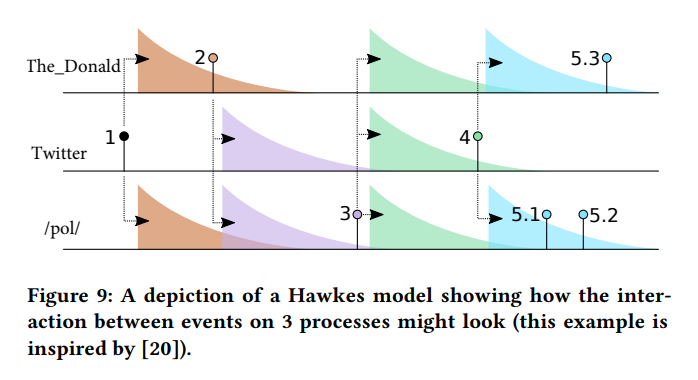


The online information ecosystem is complex, with multiple online services influencing each other and various actors operating in a coordinated fashion to make content go viral. In this project we focus on better understanding how disinformation spreads, developing techniques that allow us to measure the provenance of online information (e.g., news articles or memes).
Pujan Paudel, Jeremy Blackburn, Emiliano De Cristofaro, Savvas Zannettou, Gianluca Stringhini.
Oakland, 2023.
Mohammad Hammas Saeed, Shiza Ali, Jeremy Blackburn, Emiliano De Cristofaro, Savvas Zannettou, Gianluca Stringhini.
Oakland, 2022.
Savvas Zannettou, Tristan Caulfield, Barry Bradlyn, Emiliano De Cristofaro, Gianluca Stringhini, Jeremy Blackburn.
WEBSCI, 2019.
Savvas Zannettou, Tristan Caulfield, Michael Sirivianos, Gianluca Stringhini, Jeremy Blackburn.
WEBSCI, 2019.
Savvas Zannettou, Tristan Caulfield, Jeremy Blackburn, Emiliano De Cristofaro, Michael Sirivianos, Gianluca Stringhini, Guillermo Suarez-Tangil.
IMC, 2018.
Savvas Zannettou, Tristan Caulfield, Emiliano De Cristofaro, Nicolas Kourtellis, Ilias Leontiadis, Michael Sirivianos, Gianuca Stringhini, and Jeremy Blackburn.
IMC, 2017.